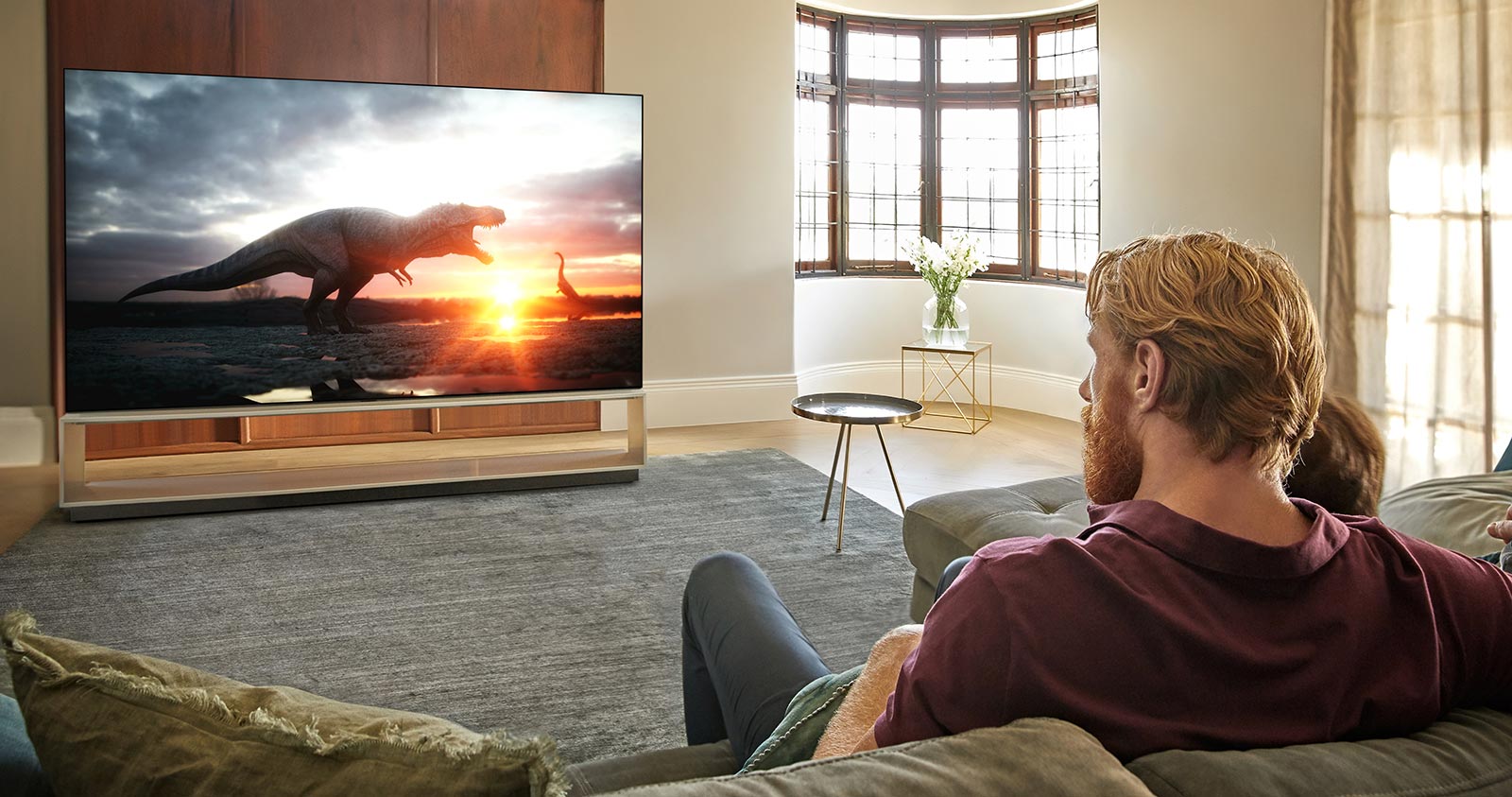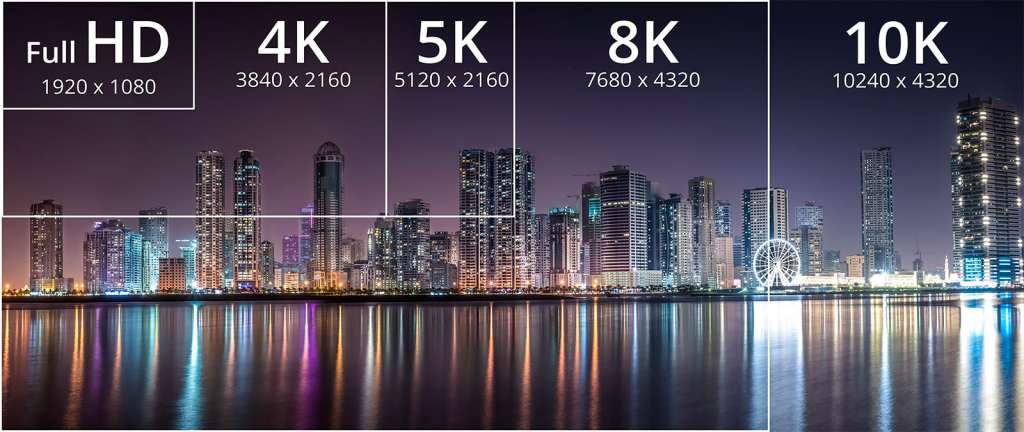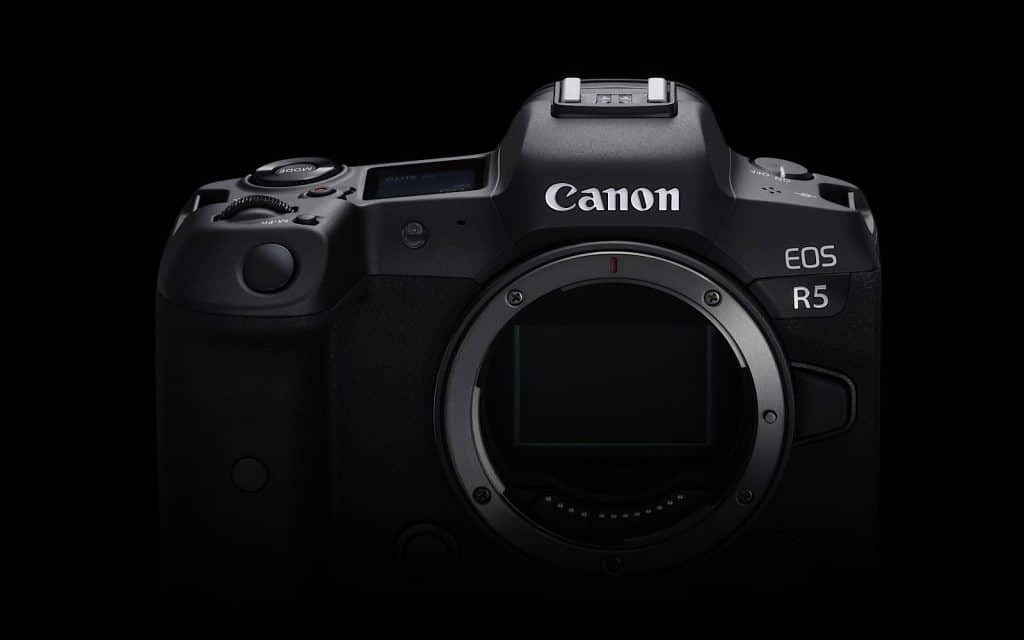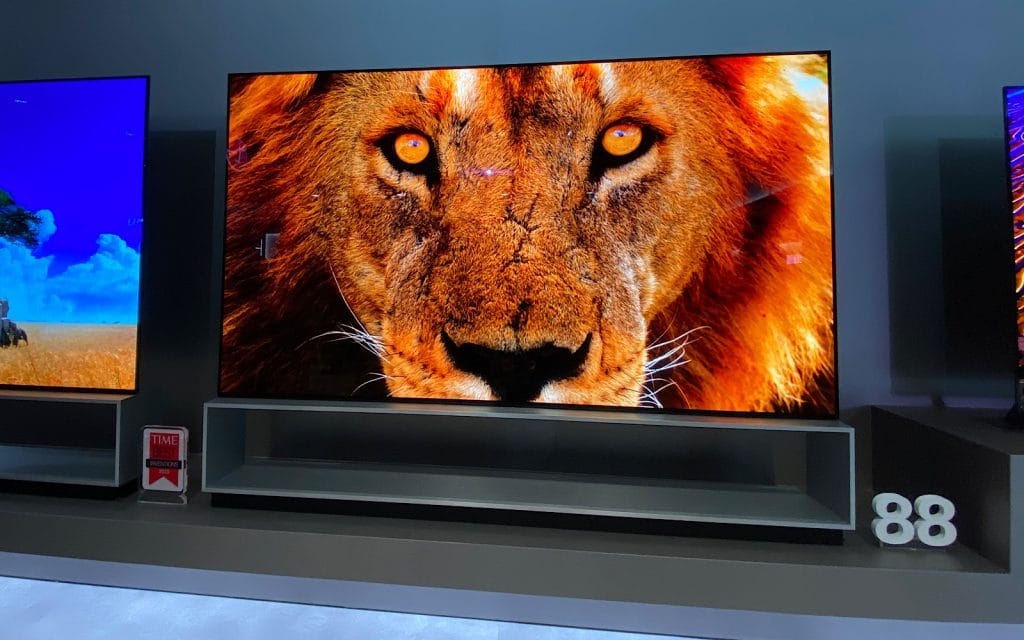As the first of the new 8K TVs of 2020 arrive, the world of 8K content still hasn’t improved much on where it was last year when the first ones popped up. What’s happening?
The next stage of Ultra HD is here, at least if you ask your nearest electronics store. While they’re certainly not going to hide their desire to make money, they will, of course, point you in the direction of the latest and greatest Ultra HD has to offer: 8K.
It’s here, again, and this year it boasts even more to make the next generation of 8K TVs better than before. To do that, there are improvements to how the picture quality is handled, with new chips and algorithmic processes to get lower quality imagery looking better on these bigger and more impressive screens.
It means that if you get an 8K TV in 2020, you’re likely going to get a slightly better picture than you did in 2019, a year when an 8K TV purchase was largely akin to early adoption when there was no 8K content available.
So a year on, what’s changed, and how do you get 8K content on an 8K TV in 2020?
Let 8K upscaling do its thing
The most obvious way to get an 8K TV showing content in its glorious 7680×4320 “8K” resolution is to let the TV do its job, and upscale.
Upscaling is a process by which processors and algorithms take media and increase its size frame by frame, improving it to fit on a higher resolution.
It’s not simply just a matter of stretching the size, either, as that would look blocky and broken. Rather, it happens as the media plays, with processing systems typically built to upscale in real time, though not when paused. We’ve heard some systems develop processes to deal with different media at the time it’s processing, using a form of artificial intelligence to create a better upscale, while some may be less complicated.
Ultimately, the cost of 8K TVs in their initial period will typically mean the technology is as high end as the price tag, so you should see solid upscaling, at least in the beginning.
Be aware, though: upscaling has its limitations, and while 8K upscaling may work well with 4K media, it also may struggle to show 1080p Full HD material and lower in a way that looks as crystal clear as the higher quality media. The simple truth about upscaling is there are only so many times you can duplicate and enhance pixels before the overall image loses its quality and becomes soft, so the higher the original source quality, the better the upscaling will look on an 8K screen.

Watch YouTube in 8K
Want one way of getting 8K content in your living room? Why not tune into what is arguably the world’s biggest source of online media, YouTube.
YouTube supports a video codec capable of handling 8K media with the AV1, which is being added to 8K TVs. That means if you load up the YouTube app on a recent purchase of an 8K TV, you should be able to play some of the YouTube 8K demos out there on the web, or load up an 8K trailer if you can find one.
Simply do a search for “8K” on YouTube from the inside of the YouTube app on your 8K TV to find out.
Capture your own 8K videos
While finding 8K Ultra HD video isn’t necessarily easy, you can always make your own with the right equipment.
Big and proper 8K cameras will cost you a pretty penny, but you can find 8K video capture in phones this year. Samsung’s Galaxy S20 range all support it, and there are other phones in the way that have this capability inside.
Alternatively, you can make an 8K movie with a smaller 8K camera, such as the options coming from Canon and likely other manufacturers later in the year.

Play games in 8K
Another source of 8K content in 2020 are the assortment of games that can be played in 8K.
Before the end of 2020 when the next video game consoles are scheduled to arrive likely with 8K support in — the Sony PlayStation 5 and Microsoft Xbox Series X — the only video game system that can natively handle 8K content is a PC, with select Windows games able to handle 8K screens and resolutions.
It means if you want to game in 8K, there’s a good chance you’re going to want a capable PC with some graphics and processing chops, be it one you make yourself or one you spend a couple of thousand on. You’ll want to make sure it has graphical grunt aplenty, though, so best not to cheap out.
8K streaming service on the horizon
Beyond all of these possibilities, you can expect streaming services to make the jump to 8K as soon as the demand goes beyond the handful of people who have one of those new 8K TVs. Right now, expect the number of 8K owners to be low, so the chances of an early 8K stream are unlikely.
Samsung has said in the past that it is working on a potential 8K service, but there’s been little word as to what that actually means. However with Samsung launching several varieties of 8K TVs this year, we’d be surprised if the launch wasn’t scheduled for 2020 or 2021.
You’ll likely need a lot of bandwidth to make it happen, with at least 50Mbps in a broadband connection to get 8K streaming more than just a series of hyper fast blocks appearing on the screen. For a lot of Australians, this is now a possibility thanks to the availability of the NBN and even some of the high speed mobile connections, but keeping it consistent will mean larger and potentially more expensive connections will be one of the 8K requirements.
For now, 8K streaming services aren’t a reality, at least not in Australia, but it doesn’t mean they’re not coming. In fact, we could see 8K Netflix, 8K Stan, or even Amazon Prime Video 8K just as soon as the companies see enough demand and make the investment.









